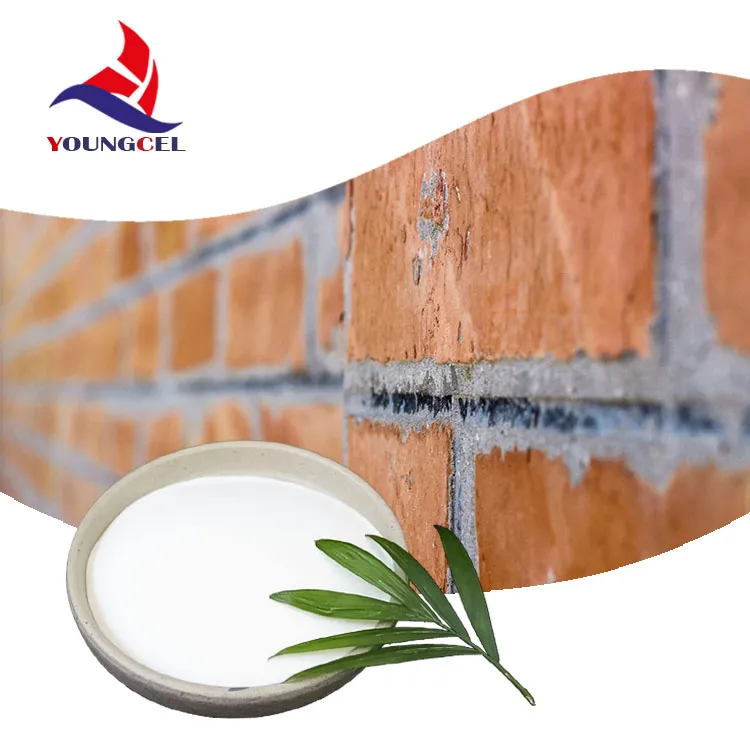The Role of Cellulose in Cement Applications
The construction industry is constantly seeking innovative materials that enhance the performance of concrete and cement-based products. One such material that has gained attention in recent years is cellulose. Derived from plant cell walls, cellulose is a natural polymer that offers various beneficial properties when integrated into cement mixtures.
The Role of Cellulose in Cement Applications
One of the key benefits of cellulose in cement is its ability to improve workability. When cellulose fibers are added to cement mixtures, they enhance the viscosity and consistency of the paste. This leads to easier handling and placement during construction, reducing labor costs and time. Furthermore, the presence of cellulose can help to prevent segregation of the components in the concrete mix, ensuring a uniform distribution of materials.
'cellulose for cement'

Cellulose also plays a crucial role in water retention properties of cement mixtures. It has the capacity to absorb and retain water, which is essential during the curing process. Proper hydration of cement is critical to developing the desired strength and durability of concrete. By promoting hydration, cellulose ensures that the cement achieves its full potential, resulting in a more robust final product.
Moreover, cellulose can enhance the flexibility of cement. Traditional cement-based materials tend to be rigid and susceptible to cracking under stress. By incorporating cellulose fibers, the overall ductility of the cement is improved, allowing it to better absorb stress and reduce the likelihood of cracks forming. This is particularly beneficial in structures subjected to dynamic loads, such as seismic activity.
Research has shown that the integration of cellulose in cement mixtures can also lead to improved bonding properties. The fibrous structure of cellulose can create interlocking mechanisms within the cement matrix, enhancing adhesion between particles. This improved bond strength contributes to the longevity and resilience of concrete structures, making them safer and more reliable overall.
In conclusion, the inclusion of cellulose in cement applications presents numerous advantages that align with the demands of modern construction. From sustainability benefits to enhanced mechanical properties, cellulose is proving to be a valuable additive that can help create more resilient, efficient, and environmentally friendly cement products. As the construction industry continues to evolve, the exploration of cellulose and other natural materials is likely to play a crucial role in shaping the future of building materials.






